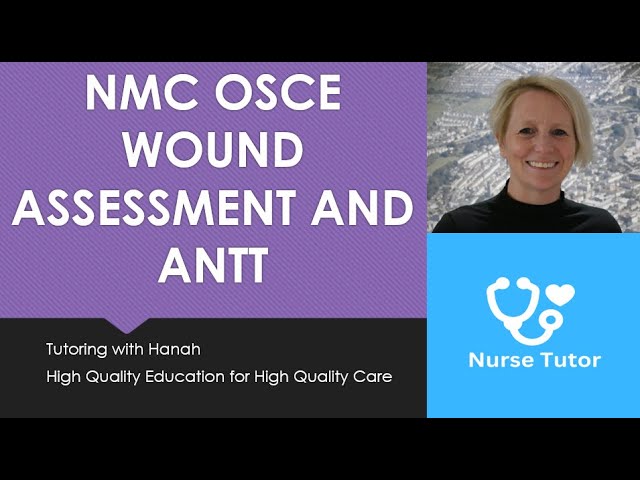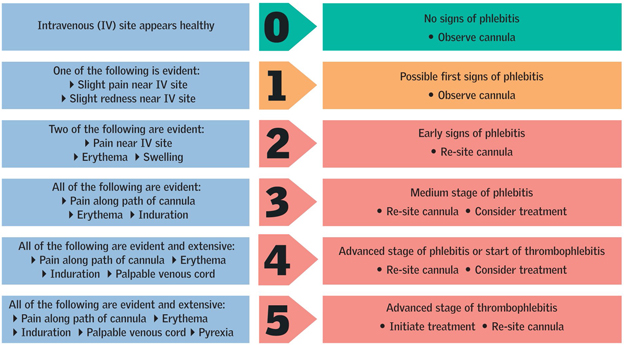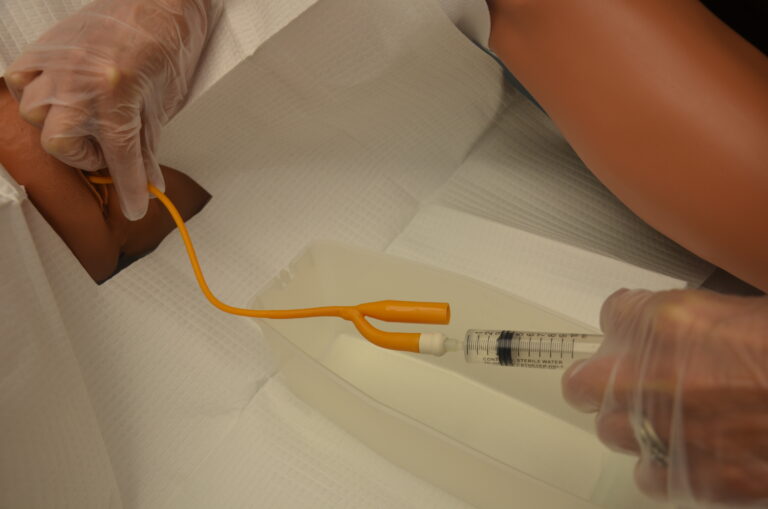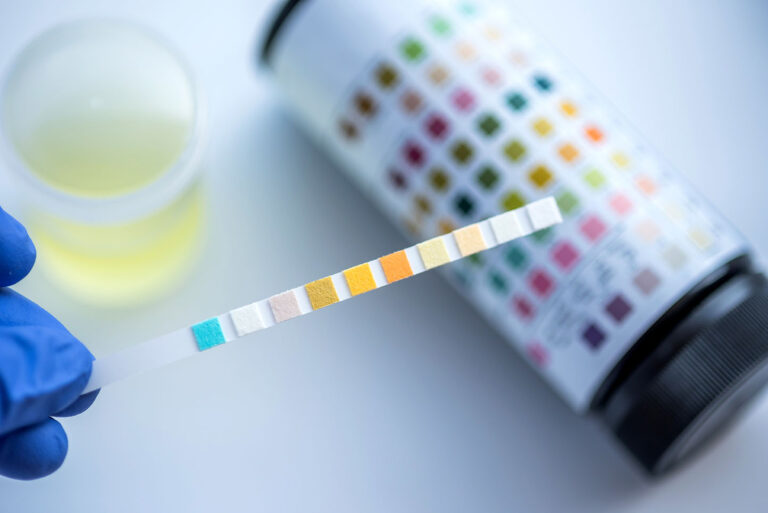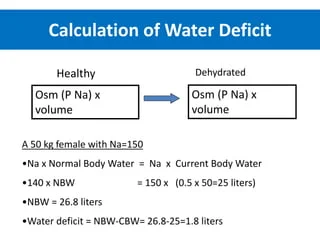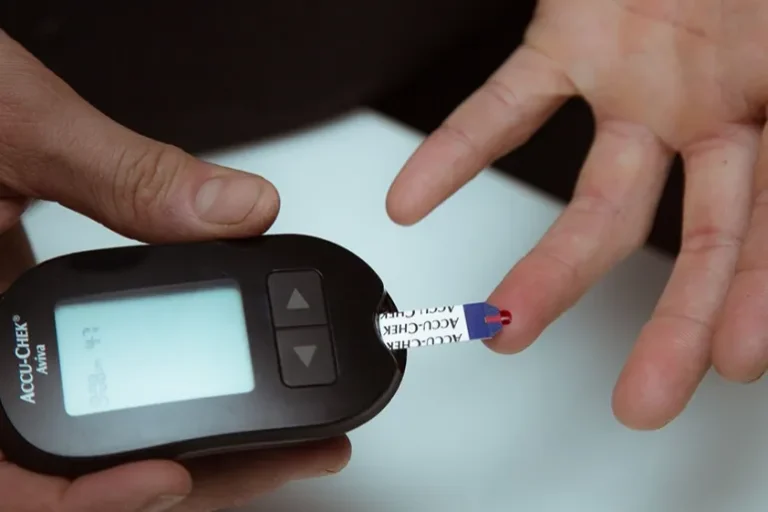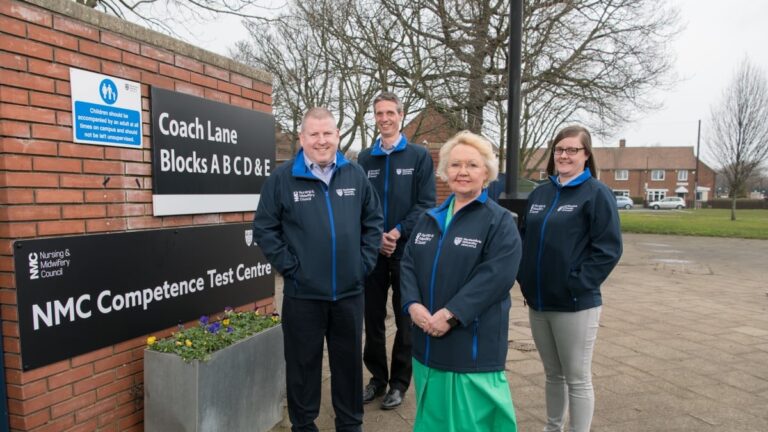Wound Assessment & ANTT OSCE NMC Procedure
Wound Assessment & ANTT OSCE NMC Procedure
 Aseptic Non Touch Technique – ANTT is a nightmare procedure for most of the candidates who are appearing for Nurses and Midwifery Council, NMC’s Test of Competency, Part – 2 Exam or NMC OSCE exam. In recent changes with NMC OSCE, there is 4 skills to be demonstrated in the skill station of OSCE. ANTT is nowadays asked along with wound assessment skill and the total time given for this procedure is 21 minutes. Previously for ANTT alone it was 15 minutes. In this article, we are providing with you simple steps you need to follow in order to get a pass in your NMC OSCE ANTT skill demonstration. Hopes this helps for those who are preparing for the OSCE Exam.
Aseptic Non Touch Technique – ANTT is a nightmare procedure for most of the candidates who are appearing for Nurses and Midwifery Council, NMC’s Test of Competency, Part – 2 Exam or NMC OSCE exam. In recent changes with NMC OSCE, there is 4 skills to be demonstrated in the skill station of OSCE. ANTT is nowadays asked along with wound assessment skill and the total time given for this procedure is 21 minutes. Previously for ANTT alone it was 15 minutes. In this article, we are providing with you simple steps you need to follow in order to get a pass in your NMC OSCE ANTT skill demonstration. Hopes this helps for those who are preparing for the OSCE Exam.
Wound Assessment & Aseptic Non Touch Technique – ANTT Procedure for NMC OSCE Exam
Introductory Phase
In this phase, you will be introducing yourself, explaining procedure, taking consent, inspecting wound etc and ends when you are moving to assemble things for your procedure. Let’s see this step by step
- Entering the patient room, checking for scene safety
- Pulling on the curtains and closing the door to provide privacy and protect dignity of patient (Normally not needed in OSCE Scenario, as it will be mentioned as privacy is provided)
- Doing hand rub using seven steps of hand hygiene
- Hello, myself name, your attending nurse today
- Can you tell your name please
- What is your date of birth?
- How you would like to be called of?
-
Can i cross check your credentials with your id band? (Cross check the details, Verbalizing id 3 checks – Patient name, hospital number, date of birth)
- How are you? Are you comfortable in this position?
- Are you in any pain? Do you have any allergies?
- Tell to patient – “I understand that you have a wound on your body part (given in scenario), and am here to change your wound dressing”
- Is that ok with you?
- I can see your wound and it is clean and dry but i need to change that as doctor has prescribed it and i can see that your bed sheet is not dirty and there is no need to change that.
- Do you need to use the toilet now? Our procedure will take 17 minutes, is that ok with you?
- I will make sure that house keeping activities are stopped, fan is off and the blinds are closed to ensure privacy and dignity of the patient.
- So, am now going to assemble things needed for your wound dressing, if you need any thing in between please call me or press the call bell and i will be happy to help you.
Assembling things for ANTT Procedure
In this phase you are going to assemble things that are needed for your procedure. You will need to do a proper hand washing using seven steps of hand hygiene, cleaning of trolley and assembling all things needed for the procedure after checking expiry of each of those. Lets see steps involved (Imagine that you are doing the procedure)
- I am wearing an apron and a gloves after checking the expiry date
- I am confirming with the examiner that this trolley is cleaned with soap and water in past 24 hours?
- I am going to clean this trolley from top to bottom and from farther end to the nearer end in a zig zag manner with clinell wipes (after checking the expiry date)
- I have cleaned this trolley for 30 seconds and allowing thirty seconds for it to dry.
- I am going to do a hand washing using seven steps of hand hygiene at the wash basin
- I am drying my hands with the paper towels from fingers to the palm
- I confirm with the examiner that this trolley is now dry
- I am going to assemble all the articles required for the procedure in the bottom trolley after checking the expiry date of each item
- I have assembled – A dressing set (dry, intact and within expiry date), Dressing (As mentioned in prescription), Saline Sachet (no precipitate and within the expiry date), Alochol wipes (1 within expiry date) clean glove pack (within expiry date), Alcohol hand rub after cleaning with clinell wipes (within expiry), extra sterile gloves (in case, if required)
- Now i am moving the trolley to the patient side without touching the top part of the trolley after wearing an apron
Pre Procedural Phase
In this phase, you will be examine the wound, loosen old dressing and make ready the sterile field using aseptic precautions. Let’s see the steps involved,
- Hello Mr. Name am back, are you comfortable now? Can i proceed with your dressing?
- I am now exposing the wound (if not exposed) and loosening it (Not taking it off) after wearing a clean gloves
- After removing glove and a handrub am now opening the dressing set on to the top part of trolley
- Am now doing a hand rub and opening the dressing set by touching only the corners
- Am doing a hand rub and taking the waste bag inside my dressing set and wearing it in my dominant hand as a gloves and using it to arrange articles inside my dressing set
- Am using the same bag to remove the soiled dressing and then am turning the bag inside out and sticking it to side of my trolley
- Am doing a hand rub again and opening dressing pack, extra sterile gloves into the opened dressing set (If required)
- Now am taking sterile saline sachet, wiping both sides with alcohol wipe for 30 seconds and allowing it to dry for another 30 seconds
- Am confirming with the examiner that the sterile saline sachet is now dry (He/She will confirm, don’t worry)
- Am opening the saline sachet and emptying the contens into the tray inside the dressing set
- Next am putting the drape in the dressing set beneath the wound
Procedure Phase
In this phase, you are going to do the real procedure involved.
Wound Assessment Skill Demonstration
In this phase you will demonstrate your wound assessment skill through the following steps,
1. As a part of wound assessment you need to check whether the patient is comfortable and do the pain assessment.
2. Describing the area around wound
3. Checks and describes any exudate as part of assessing and reporting the condition of the wound
4. Mention about the closure
5. Decribes the condition of the floor
6. Asks about pain and tenderness around the wound
7. Describes any further actions taht should be taken such as swab and referral to the medical team
In most of the cases, wound will be clean, no erythema sorrounding wound, no exudates, no pain around the wound and the suture will be intact. Hence you can proceed with the ANTT procedure. If there is any other finding, you need to document at the end of the procedure and do referral appropriately.
ANTT continuation
You must make sure that you are not breaching the sterile field making it unsterile. You will wear a sterile gloves, clean the wound, state the wound condition, apply dressing etc in this phase. Lets see it step by step
- I am performing a hand rub using seven steps of hand hygiene and wearing my sterile gloves using sterile technique
- Now am going to consider may dominant hand as dirty hand and non dominant one as clean hand
- Am taking a gauze with my clean hand, soaking, squeezing it and passing over the gauze to my dirty hand
- Now am cleaning the wound with my dirty hand form clean to dirty area in a single stroke, discarding it in waste bag attached to trolley
- In the same method, am cleaning the edges of the wound (if open wound) with another gauzes (2 wipes in single stroke)
- Now am drying the wound with another gauze and stating that wound is clean, moist and sutures are intact (if surgical wound) and am not over cleaning the wound as this may affect wound healing
- Next am taking the sterile dressing pack already opened to the dressing tray using my clean hand, making it half open with my clean hand and applying the dressing with the clean hand on the wound
- Using minimal assistance from the dirty hand am applying the dressing
- Am taking the drape beneath the patients wound
- Am verbalizing to the patient that the dressing is over and your wound is clean, dry, sutures are intact and there is no signs of infection
- Then am discarding the dressing set, drape and gloves into the waste bag along with apron
Post Procedural Phase
In this phase you will be consoling the patient, gives the call bell. Cautions about allergic reaction and will discard any waste remaining. Lets see this step by step,
- Next i am doing a hand rub, then I am giving the call bell to the patient and telling to the patient that in case of any pain or adverse reaction, please press the call bell and i will be around for another 30 minutes
- Now am going to discard the used items in my trolley. And replace the other items and i will verbalize that i will clean the trolley and keep it ready for next use
- After a hand rub i will document about the wound assessment findings as well as Dressing that was changed using ANTT, wound was clean, dry and sutures were intact, date, time and signature (Usually this will be documented as given in the scenario)
- I will do a hand rub or hand washing using seven steps of hand hygiene before leaving the room.
- ANTT
Conclusion
Aseptic Non Touch Technique ANTT Wound Care is a simple procedure. The main constraint is time. Nowadays, you are getting the wound assessment skill along with ANTT. And you are having a time limit of 21 minutes, which we think would be sufficient for the procedure. If you practice it so that you are doing the procedure within 18 minutes, you can do it within the time frame very easily. Commonly candidates loose time in assembling the things. If you try to do it fast there, you can save some time. You need to practice the procedure phase several times, as this is a very important step in the whole procedure.
ANTT Steps PDF Article – ANTT Final Article

